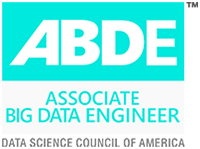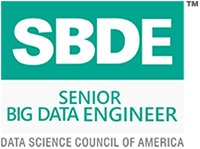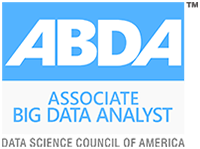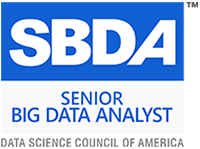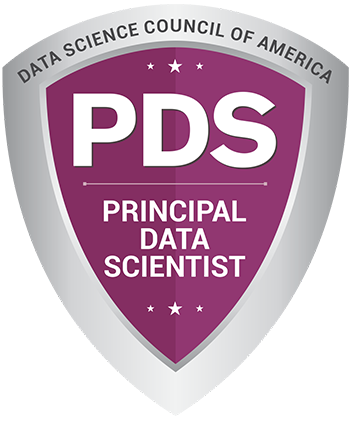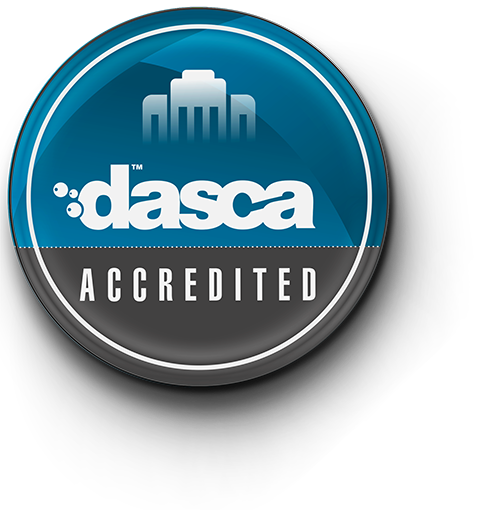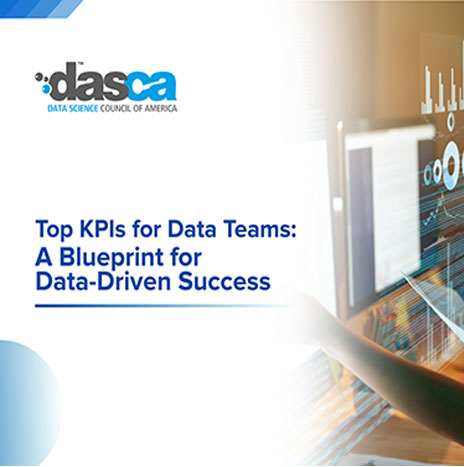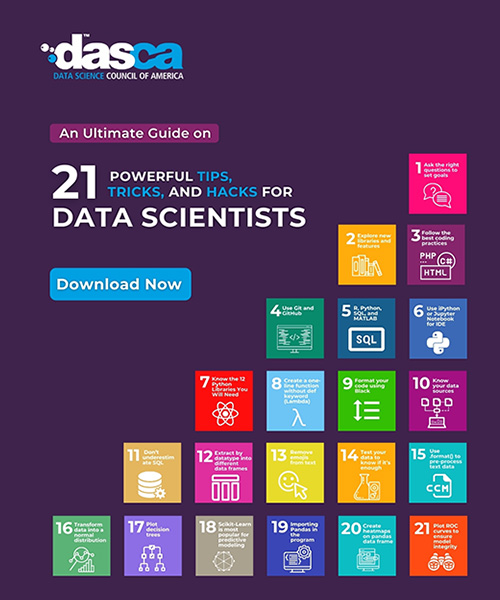
A few studies reveal that around 50% of Americans make decisions by relying on their "gut feeling." Additionally, many famous people are considered to be heavily relying on their gut instincts. A few well-known and widely quoted examples include Albert Einstein saying, "The intuitive mind is a sacred gift," along with Steve Jobs's "Have the courage to follow your heart and your intuition."
In the age undergoing global digitization, the importance that data analytics plays in making decisions grows significantly. Yet, according to Deloitte research, companies driven by insight are lesser than those that do not employ the analytical method of making decisions; however, most people agree about its significance. Furthermore, it was revealed that research from the MicroStrategy Global Analysis Study shows that data access is extremely limited, requiring sixty percent of workers’ hours or days to access the data they require.
In the article, we'll look at how companies gather, manage and make the most of their data, the types of technologies that can be utilized in the process, and which issues can be solved with the aid of analytics.
What is an analytics maturity model?
A maturity-based analytics model is a series of steps or phases that represent the growth of the business's capacity to manage the data it collects from both sources (Internal & External) and utilizes the data to make business decisions. These models evaluate and explain how companies use their resources to extract the most value from information, and they also serve as a roadmap to transforming analytics.
Over the last decade, various maturity models for analytics have been proposed. Some of the most famous are:
-
Gartner's Maturity Model for Analytics and Data Analytics,
-
DELTA Plus by Tom Davenport,
-
Data Analytics Maturity Model Data Analytics Maturity Model for Associations
-
SAS Analytic Maturity Scorecard and many others.
To broaden and define the fundamental maturity level of an organization, in this piece, we'll use the model based on the most common one suggested by Gartner. We'll also include no analytics level to compare it with the beginning level of analytical maturity.
Stages of maturity in analytics
The process companies take in their analytical development can be broken into five phases:
-
"No Analytics" refers to businesses that have no analytics in any way.
-
Descriptive Analytics allows us to understand what transpired by analyzing and visualizing historical data.
-
Diagnostic Analytics detects patterns and relationships in the available data and explains the reasons behind why something occurred.
-
Predictive analytics provides probabilistic predictions of what is likely to occur in the future, using machine learning methods to manage large volumes of data.
-
Prescriptive Analytics options for optimization and decision support and insight regarding how to achieve the desired outcome.
Each of these phases is distinguished by a specific method of analysis. Different methods and technologies are used, and different experts are involved. But, as you can imagine, the change is gradual, and often the particularities at one level are embraced by organizations at another level. Keep in mind that when you reach a new level, like predictive analytics, a company isn't forced to abandon other methods that could be classified as descriptive or diagnostic.
The ground level of analytics
It's hard to believe that there are still businesses that do not utilize technology and instead manage their business using pen or paper. But, at a simple level, data has to be stored and managed at least for accounting purposes.
At this point, there is no analytics plan or any structure at all. Data is gathered to give an understanding of the situation, and in many instances, the reports available are those which reflect financial performance. Most of the time, there is no technology used in data analytics. Reports are prepared as a result of impromptu requests from the management. However, decisions are usually from experience, intuition, market trends, politics, or prevailing culture. The biggest issue here is the lack of perception and appreciation of the significance of analytics. There is no motivation to invest time and money to develop analytical skills, mostly due to insufficient knowledge. Changes in the mindset of management and behavior could be a good beginning point to become more mature in analytics.
Descriptive Analytics
Nowadays, almost all businesses employ software's to collect statistics and historical data and present it in an easily understood format. Decision-makers then attempt to interpret this data by themselves.
Data is often extracted manually from different sources with no standards for collecting data or quality of data. Other methods of collecting data include observation cases, case studies, surveys, and more.
The Best Practices to Implement Descriptive Analytics
Based upon the scale and the technological knowledge of the business, Data management is possible by using spreadsheets such as Excel or basic enterprise resource systems (ERPs) and customer relationship management (CRM) systems and reporting tools. Aside from providing visuals, these tools can also explain the available data, for instance, estimation of the frequency distribution, determining extreme and average values, calculating dispersions, and more. Data analysis typically takes place within the sources.
However, technology is not being utilized to its fullest potential. While they allow for the collection and arranging of data, no thorough analysis is accessible. Thus, the analytics users do not get explanations of what's happening.
At this point, some companies start moving to dedicated data infrastructures and attempt to centralize their data collection.
The best practices to make an effective transition to diagnostic analytics
1) The development of a data-centric culture
Here are the main challenges to overcome concerns regarding the company's structure and culture. The breaking down of silos between departments and educating employees about the benefits of analytics will enable further centralization of analytics and make insights accessible to all. Suppose that the company has a plan to expand its analytics capabilities. In that case, the company must determine the driving force in promoting data culture throughout the company.
2) The introduction of the data sciences and engineering.
Data engineering is essential for the development of the infrastructure for data. At present, companies have to either train their existing engineers in data-related tasks or recruit experienced engineers. Furthermore, the skills of a business analyst aren't enough to handle sophisticated analytics, and businesses must think about recruiting data scientists.
3) Enhancing infrastructure.
Companies that are at the stage of descriptive analytics are still enhancing and modifying their infrastructure for data. This involves testing and reiterating different warehouse designs, adding different sources of information, establishing ETL processes, and implementing BI across the entire organization.
4) Implementing a systematic diagnostic analysis.
Data Scientists and analysts can develop reports that are predictive or diagnostic upon demand. However, for further development the diagnostic analysis needs to be made systematic and that should be reflected in its processes with at least some of them being automated.
Diagnostic Analytics
Diagnostic analytics is usually described as traditional analytics, where data is analyzed, systematized, and then translated. In this phase, technology is employed to determine dependencies and patterns between various variables. Data mining is the term used to describe this method of identifying patterns and extracting useful information from huge amounts of data to further utilize.
The best practices to make a shift to predictive analytics
1) The democratization of access to data.
At this point for the future, companies must concentrate on enhancing their current structure to make information easily accessible. This involves training employees with no technical skills to access and interact with the data through available tools (BI consoles, consoles, data repository). This implies that employees should select the tools to access data that they feel comfortable working with and request their Integration of the tools in the pipelines already in place.
Machine learning is a process of production. Additionally, instead of responding to changes, decision-makers have to be quick on their feet and anticipate the future. The data architecture must be enhanced by machine learning technology, aided by data engineers working in ML. This will require significant investments into ML platforms, as well as in the automation of creating new models and retraining existing models in the production.
Automation of predictive analysis. Although most companies that employ diagnosing analysis have predictive capabilities, the machine learning infrastructure allows automated forecasting of key business metrics.
Predictive Analytics
The ability to forecast future outcomes is the principal purpose of predictive analytics. Modern technology tools evaluate potential risks and opportunities and enable the identification of the probabilities of the future outcome. Large volumes of historical and current data from various sources are processed to build models that simulate, predict, and forecast to detect trends and offer insights to make more precise and efficient business decision-making.
The best practices to make the transition from predictive to prescriptive analytics
1) Quality and governance of data across the enterprise. Relying on automated decision-making means that companies must implement advanced quality data measures, well-established data management, and central governance.
2) Introduction to MLOps as well as DataOps. Because of the sophistication of machine learning and data pipelines, MLOps and DataOps methods bring automation of tests and version management to the data infrastructure, much like how it operates in conjunction with the DevOps process in traditional software engineering. It allows for rapid growth in the development of the Data Platform.
3) Automating and optimizing decision-making. To get to the very top of analytics maturity, organizations need to increase the automated decision-making process and make analytics the primary basis for innovation and development overall. It doesn't mean the most difficult decisions can be automated. Optimization can occur in manual processes or well-established procedures (e.g., insurance claims processing, scheduling maintenance of machinery, etc.).
Prescriptive Analytics
At its highest, analytics extends beyond predictive modeling to determine the most effective strategy and offer options for optimization based on massive amounts of historical data, real-time data feeds and data on the results of the decisions taken during the last time.
Why Data Maturity Matters?
Data is generated from the internet, our mobile phones, survey systems, payment systems, social media, surveys and organizations like to have a lot of it.
Data is an essential asset of corporate organizations and has been touted by certain for being the new currency of the 21 century.
Here's why data maturity is important for organizations and should be at the top of your list of priorities.
-
Data maturity gives organizations to spot threats & opportunities quicker than a human. Utilizing the potential of predictive analytics, organizations use data sources to make informed decisions. Data maturity makes organizations better equipped to spot opportunities and threats. This allows them to predict everything from which candidate is the ideal fit for the job before giving them the contract to determining which products will likely be popular with their customers.
This also lets companies identify potential threats, for instance, in which months of the year they could expect to see sales drop. This lets them take preventative steps to ensure they're ready for whatever challenges they may face.
Successful companies utilize their data to enhance their core operations and create innovative and new business models. Data mature organizations are equipped with the knowledge to boost their work and transcend the limitations that could hinder their progress, and data maturity makes them more competitive.
-
Organizations that use analytics gain Higher ROI and:
i) an in-depth understanding of the financial drivers.
ii) Business innovation ideas
iii) Forecasting key financial performers
-
Analytics allow data-driven organizations to place data at the center of their decisions. They don't have to be concerned about launching a brand new product without fully understanding how it is likely to perform. Data maturity allows them to improve their decision-making capabilities by relying on facts.
Conclusion
Be sure that the latest technology and features are integrated into your current procedures and incorporated into the existing knowledge of your organization. If properly analyzed and utilized, data can give you an unbeatable competitive advantage, a better understanding of your customers, better and faster responses to market shifts, and identifying new growth opportunities.




